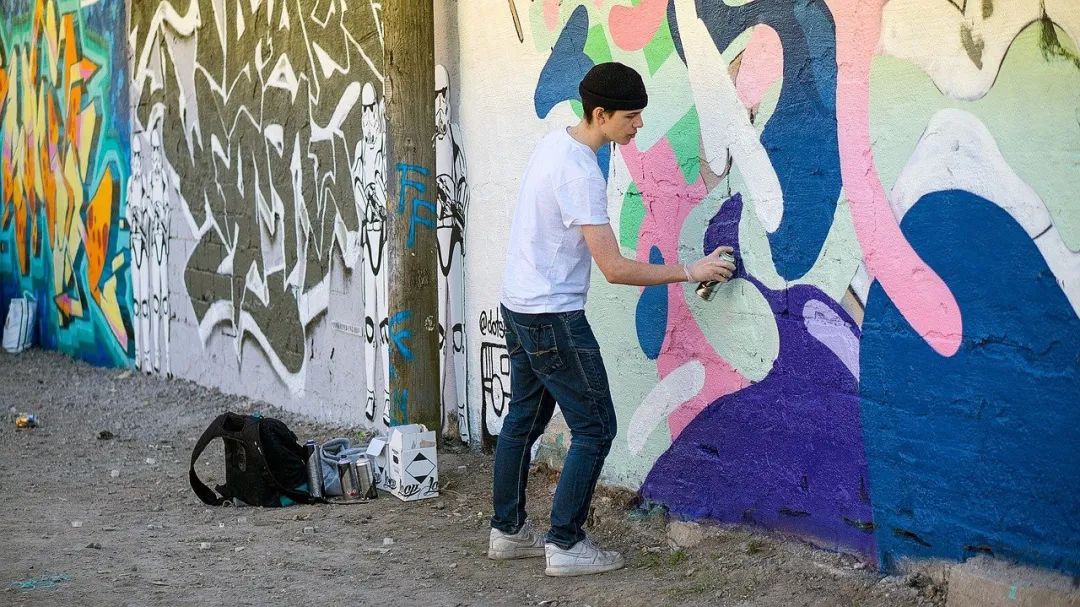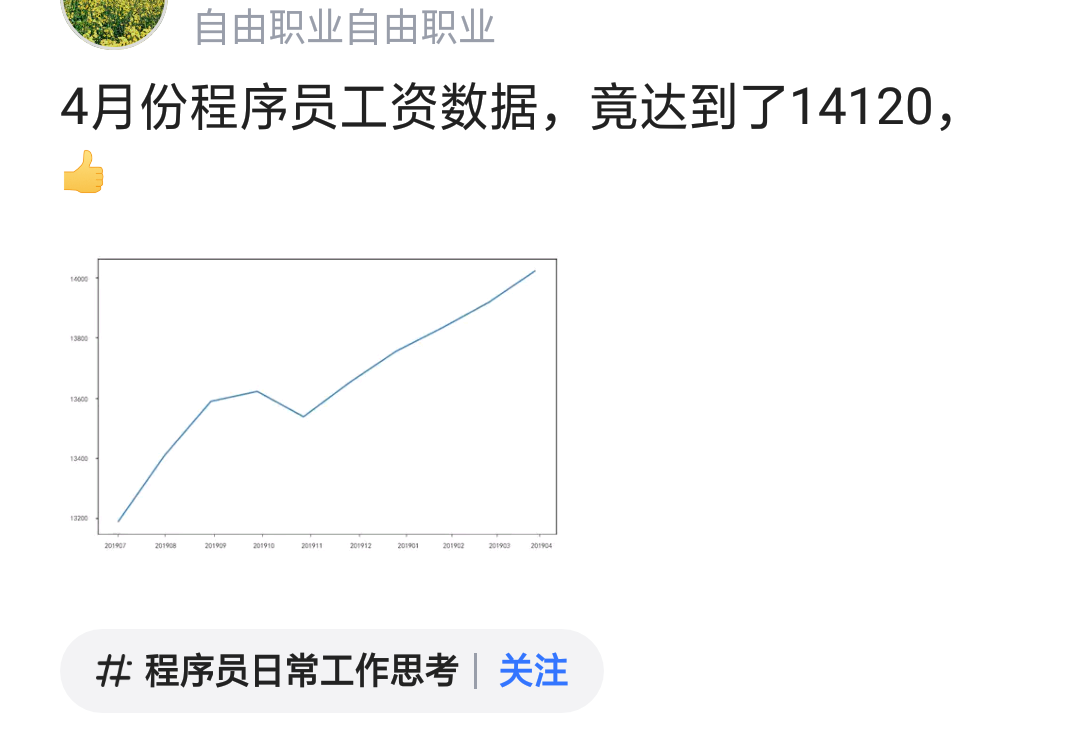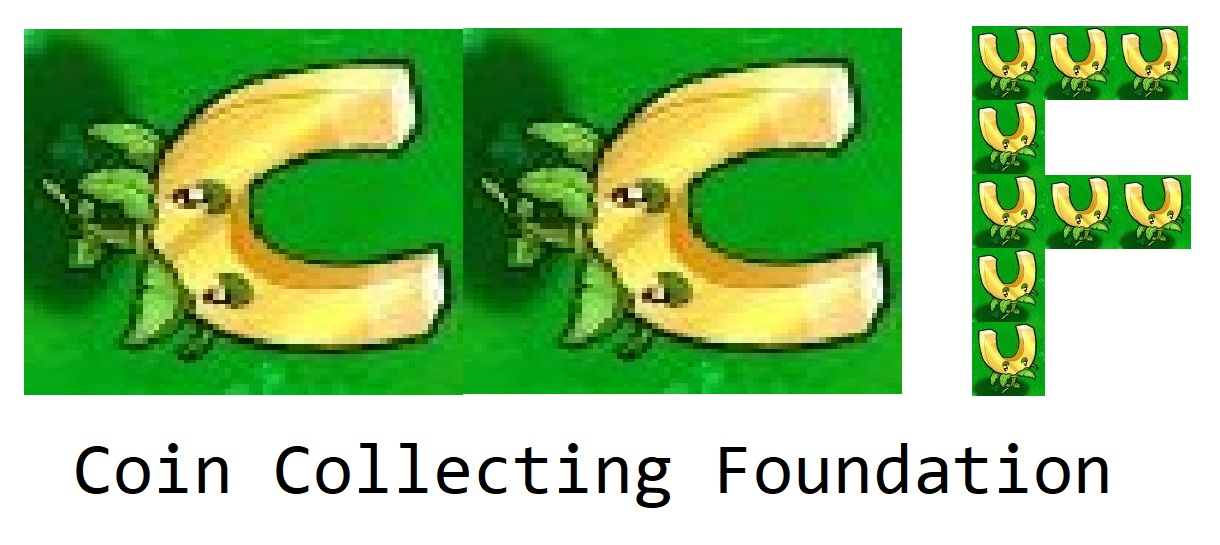I'm trying to create a single multi-class and multi-label net configuration in caffe.
Let's say classification of dogs: Is the dog small or large? (class) What color is it? (class) is it have a collar? (label)
Is this thing possible using caffe? What is the proper way to do so?
Just trying to understand the practical way.. After creating 2 .text files (one for training and one for validation) containing all the tags of the images, for example:
/train/img/1.png 0 4 18
/train/img/2.png 1 7 17 33
/train/img/3.png 0 4 17
Running the py script:
import h5py, os
import caffe
import numpy as np
SIZE = 227 # fixed size to all images
with open( 'train.txt', 'r' ) as T :
lines = T.readlines()
# If you do not have enough memory split data into
# multiple batches and generate multiple separate h5 files
X = np.zeros( (len(lines), 3, SIZE, SIZE), dtype='f4' )
y = np.zeros( (len(lines),1), dtype='f4' )
for i,l in enumerate(lines):
sp = l.split(' ')
img = caffe.io.load_image( sp[0] )
img = caffe.io.resize( img, (SIZE, SIZE, 3) ) # resize to fixed size
# you may apply other input transformations here...
# Note that the transformation should take img from size-by-size-by-3 and transpose it to 3-by-size-by-size
# for example
transposed_img = img.transpose((2,0,1))[::-1,:,:] # RGB->BGR
X[i] = transposed_img
y[i] = float(sp[1])
with h5py.File('train.h5','w') as H:
H.create_dataset( 'X', data=X ) # note the name X given to the dataset!
H.create_dataset( 'y', data=y ) # note the name y given to the dataset!
with open('train_h5_list.txt','w') as L:
L.write( 'train.h5' ) # list all h5 files you are going to use
And creating train.h5 and val.h5 (is X data set containing the images and Y contain the labels?).
Replace my network input layers from:
layers {
name: "data"
type: DATA
top: "data"
top: "label"
data_param {
source: "/home/gal/digits/digits/jobs/20181010-191058-21ab/train_db"
backend: LMDB
batch_size: 64
}
transform_param {
crop_size: 227
mean_file: "/home/gal/digits/digits/jobs/20181010-191058-21ab/mean.binaryproto"
mirror: true
}
include: { phase: TRAIN }
}
layers {
name: "data"
type: DATA
top: "data"
top: "label"
data_param {
source: "/home/gal/digits/digits/jobs/20181010-191058-21ab/val_db"
backend: LMDB
batch_size: 64
}
transform_param {
crop_size: 227
mean_file: "/home/gal/digits/digits/jobs/20181010-191058-21ab/mean.binaryproto"
mirror: true
}
include: { phase: TEST }
}
to
layer {
type: "HDF5Data"
top: "X" # same name as given in create_dataset!
top: "y"
hdf5_data_param {
source: "train_h5_list.txt" # do not give the h5 files directly, but the list.
batch_size: 32
}
include { phase:TRAIN }
}
layer {
type: "HDF5Data"
top: "X" # same name as given in create_dataset!
top: "y"
hdf5_data_param {
source: "val_h5_list.txt" # do not give the h5 files directly, but the list.
batch_size: 32
}
include { phase:TEST }
}
I guess HDF5 doesn't need a mean.binaryproto?
Next, how the output layer should change in order to output multiple label probabilities? I guess I need cross- entropy layer instead of softmax? This is the current output layers:
layers {
bottom: "prob"
bottom: "label"
top: "loss"
name: "loss"
type: SOFTMAX_LOSS
loss_weight: 1
}
layers {
name: "accuracy"
type: ACCURACY
bottom: "prob"
bottom: "label"
top: "accuracy"
include: { phase: TEST }
}




